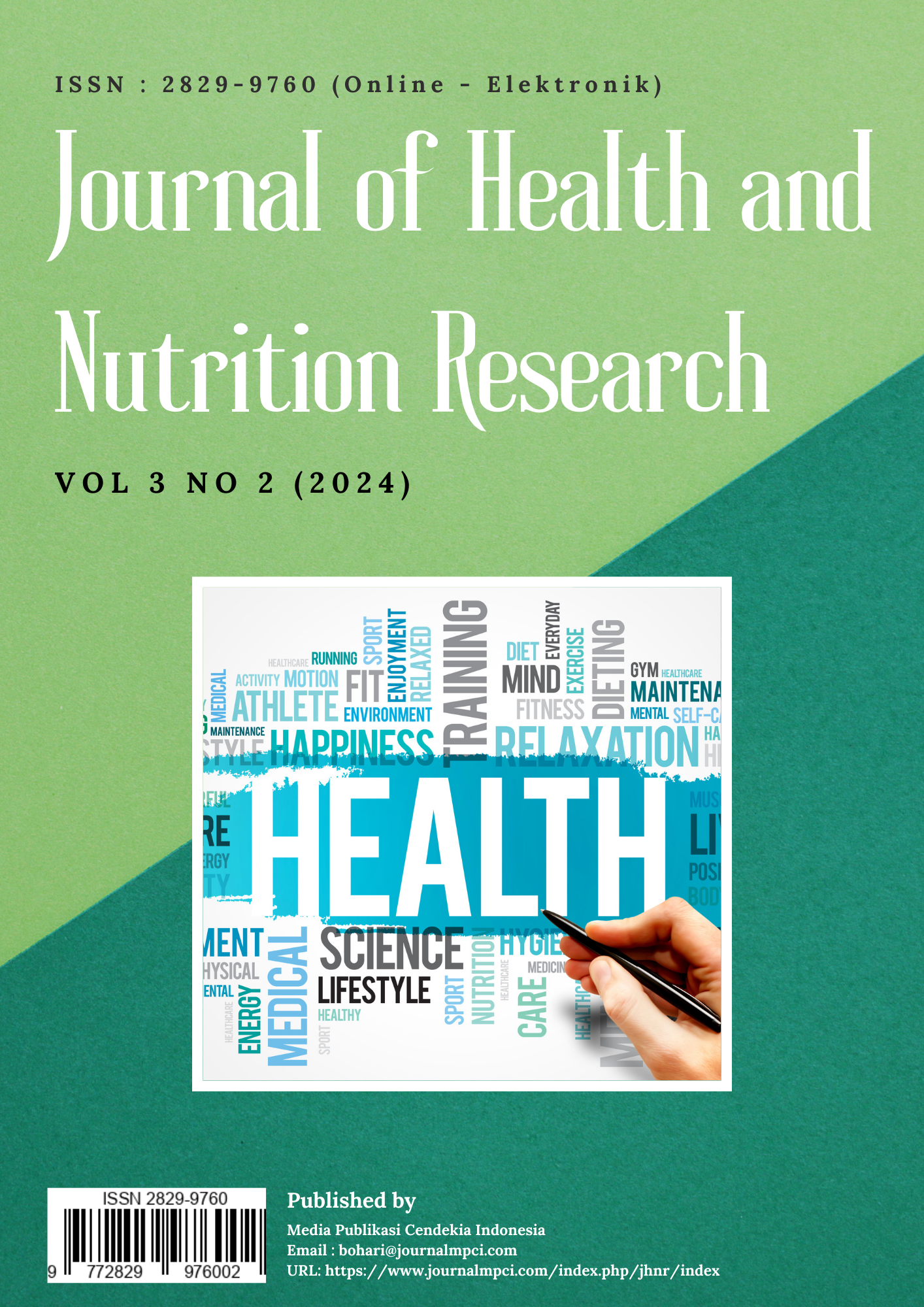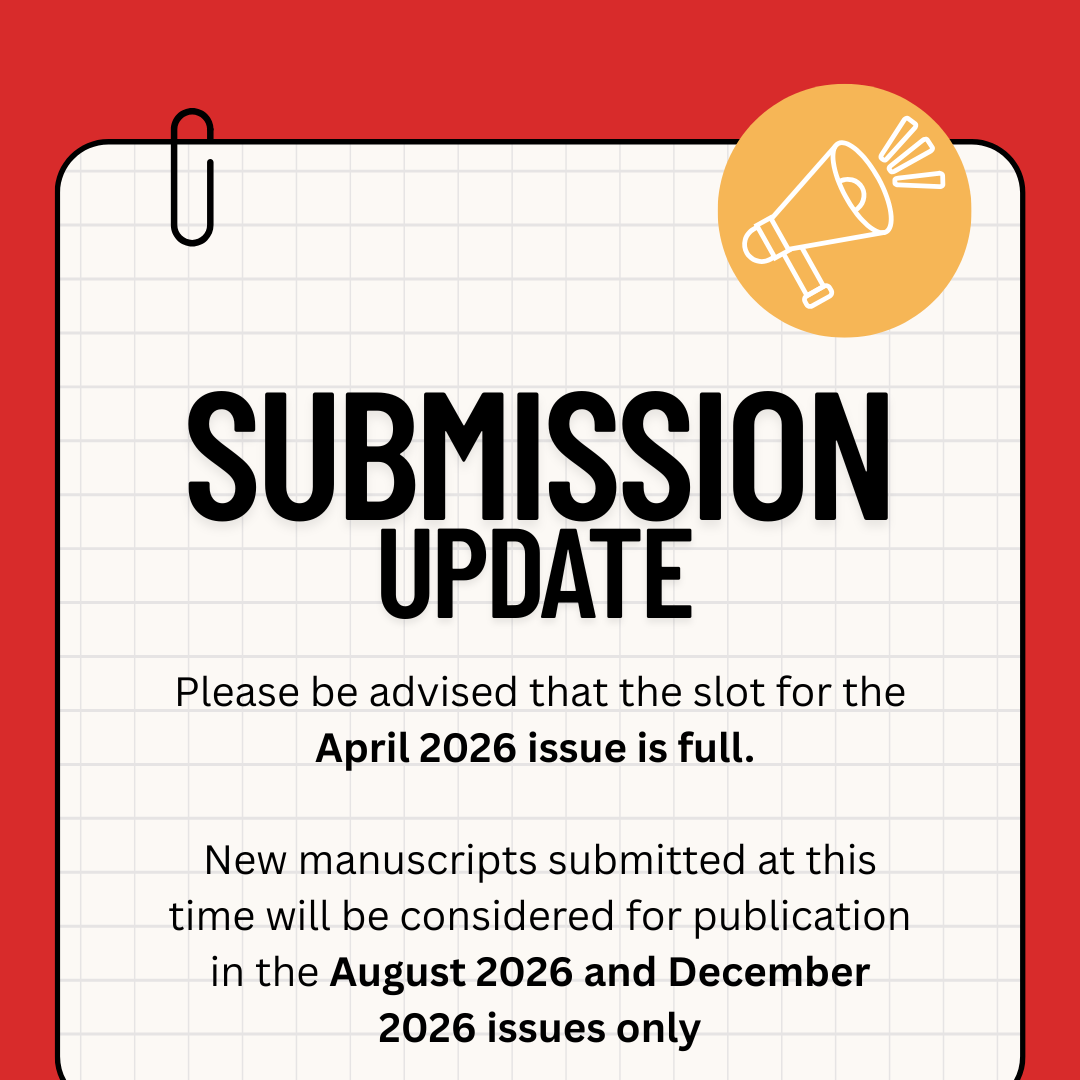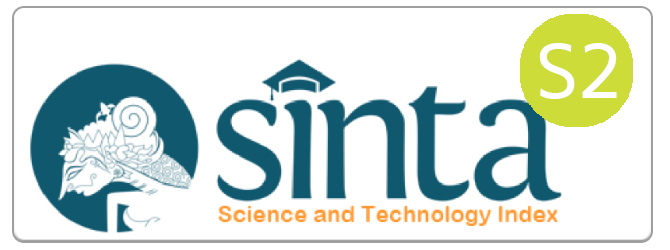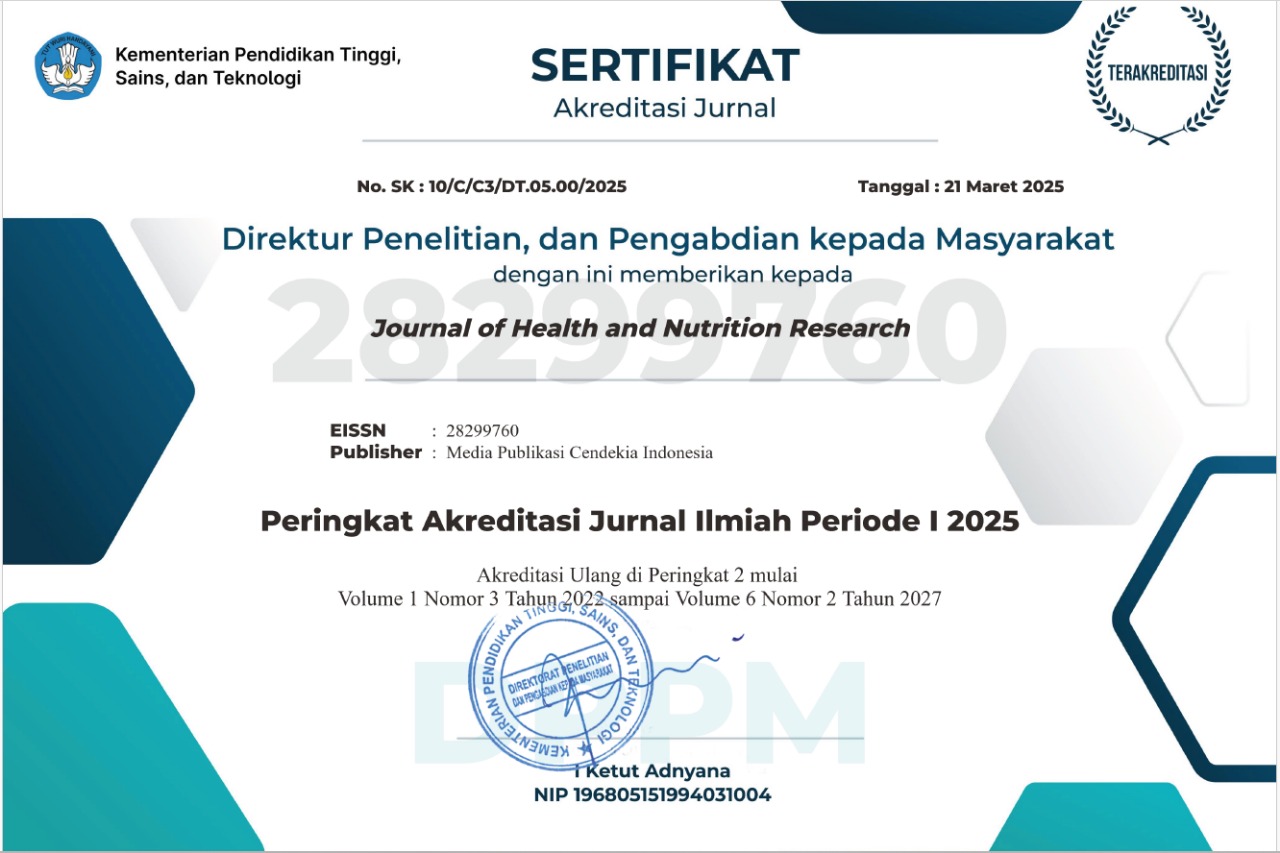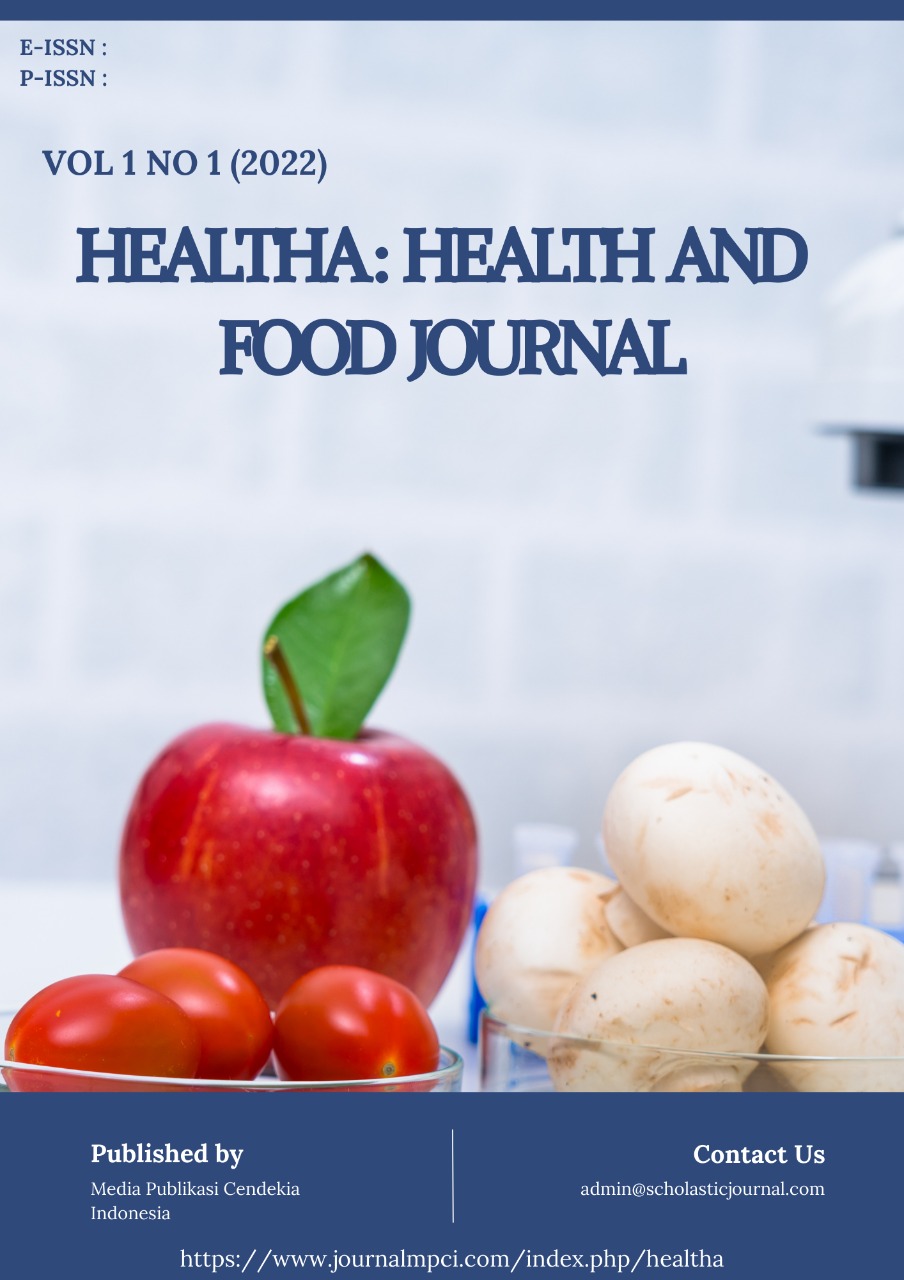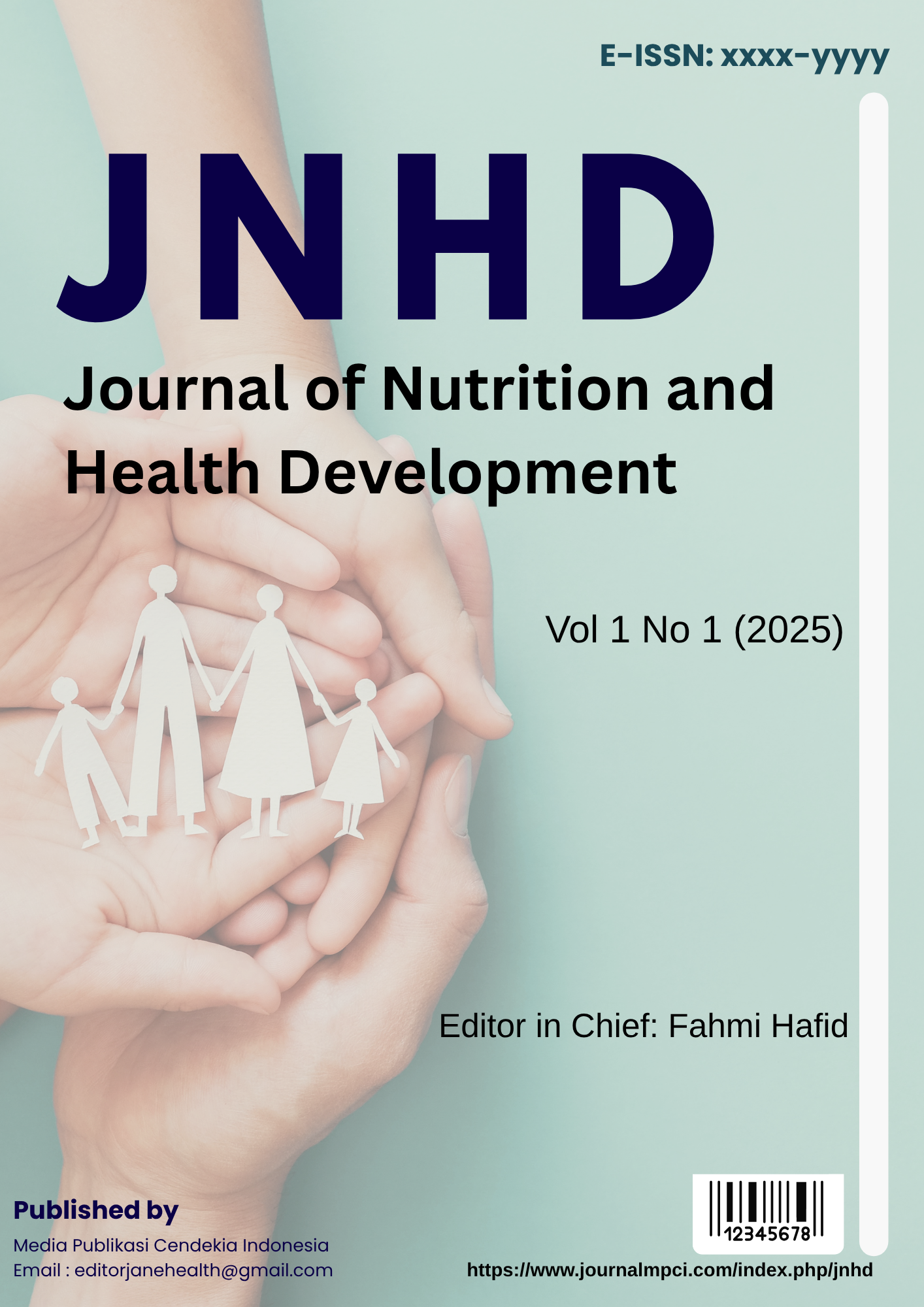Preparedness of Lab School Middle School Students Towards Earthquakes for Disaster Risk Reduction
Keywords:
Disaster Preparedness, Early Warning Systems, Disaster Risk Reduction, StudentAbstract
The primary objective of this research is to observe and analyze the preparedness of Labschool Middle School students in Palu City for Disaster Risk Reduction. The population in this study consisted of all students at Palu City Labschool Middle School, using a total sampling technique, resulting in a sample size of 100 students. Data was collected using structured questionnaires that were directly filled out by the students. The questionnaires were designed to cover all aspects of the research variables and provide a comprehensive assessment of the student's preparedness. Data processing in this study utilized a computerized system via MS Excel. Knowledge: 95% of respondents rated their knowledge on the subject as not good. This indicates that the majority of respondents have a poor understanding of the topic. Early Warning System: 57% of respondents rated the early warning system as not good. Resource Mobilization: 73% of respondents rated resource mobilization as not good. This indicates significant issues in resource mobilization, with the majority of respondents feeling that improvements are needed in this area. The findings indicate a significant gap in disaster preparedness among Labschool Middle School students. The majority lack basic knowledge about natural disasters and have minimal exposure to disaster-related training or education. Despite the availability of disaster warning tools in schools, awareness and understanding of their use remain limited. An effective early warning system is crucial for community safety, yet many students exhibit low awareness and preparedness levels
Downloads
References
Supartoyo S, Sulaiman C, Junaedi D. Kelas tektonik sesar Palu Koro, Sulawesi Tengah. Jurnal Lingkungan dan Bencana Geologi. 2014 Aug 1;5(2):111–28.
Nuryana M, Erwinsyah RG, Suradi S. Strengthening society preparedness as a strategy for disaster risk reduction in Indonesia. IOP Conf Ser: Earth Environ Sci. 2023 May;1180(1):012045.
Alkalash SH, Alhashmi Alamer EH, Allihyani AM, Alhazmi AS, Alharthi RM, Bugis AM. Knowledge of and Attitude Toward Disaster Preparedness Among Secondary School Students in the Western Region of Saudi Arabia. Cureus. 2023;15(1):e33926.
Suryadi T, Zulfan Z, Kulsum K. The Relationship between Knowledge and Attitudes about Community Disaster Preparedness in Lambung Village, Banda Aceh. International Journal of Disaster Management. 2021 Apr 1;4(1):1–10.
Sofyana H, Ibrahim K, Afriandi I, Herawati E. The implementation of disaster preparedness training integration model based on Public Health Nursing (ILATGANA-PHN) to increase community capacity in natural disaster-prone areas. BMC Nurs. 2024 Feb 7;23:105.
Makwana N. Disaster and its impact on mental health: A narrative review. J Family Med Prim Care. 2019 Oct 31;8(10):3090–5.
Danar OR. Disaster Governance: Sebuah Pengantar. Jakarta: DIVA Press; 2020. 182 p.
Pascapurnama DN, Murakami A, Chagan-Yasutan H, Hattori T, Sasaki H, Egawa S. Integrated health education in disaster risk reduction: Lesson learned from disease outbreak following natural disasters in Indonesia. International Journal of Disaster Risk Reduction. 2018 Aug 1;29:94–102.
Agbehadji IE, Schütte S, Masinde M, Botai J, Mabhaudhi T. Climate Risks Resilience Development: A Bibliometric Analysis of Climate-Related Early Warning Systems in Southern Africa. Climate. 2024 Jan;12(1):3.
Šakić Trogrlić R, van den Homberg M, Budimir M, McQuistan C, Sneddon A, Golding B. Early Warning Systems and Their Role in Disaster Risk Reduction. In: Golding B, editor. Towards the “Perfect” Weather Warning: Bridging Disciplinary Gaps through Partnership and Communication [Internet]. Cham: Springer International Publishing; 2022 [cited 2024 Jul 12]. p. 11–46. Available from: https://doi.org/10.1007/978-3-030-98989-7_2
Šakić Trogrlić R, Duncan M, Wright G, van den Homberg M, Adeloye A, Mwale F. Why does community-based disaster risk reduction fail to learn from local knowledge? Experiences from Malawi. International Journal of Disaster Risk Reduction. 2022 Dec 1;83:103405.
Paton D, Johnston D. Disasters and communities: vulnerability, resilience and preparedness. Disaster Prevention and Management: An International Journal. 2001 Jan 1;10(4):270–7.
Johnson VA, Ronan KR, Johnston DM, Peace R. Improving the Impact and Implementation of Disaster Education: Programs for Children Through Theory-Based Evaluation. Risk Anal. 2016 Nov;36(11):2120–35.
Tanner T, Lewis D, Wrathall D, Bronen R, Cradock-Henry N, Huq S, et al. Livelihood resilience in the face of climate change. Nature Clim Change. 2015 Jan;5(1):23–6.
Published
How to Cite
Issue
Section
Copyright (c) 2024 Lusia Salmawati, Pertiwi Pertiwi, Muhammad Sabri Syahril, Muhammad Aji Satria, Sitti Radhiah, Abd Rahman

This work is licensed under a Creative Commons Attribution-NonCommercial-ShareAlike 4.0 International License.
Most read articles by the same author(s)
- Lusia Salmawati, Marselina, Pertiwi, The Influence of Knowledge, Attitude, and Action on Fire Disaster Preparedness in Palu City Health Center , Journal of Health and Nutrition Research: Vol. 1 No. 3 (2022)
- Sitti Radhiah, Nur Khairul Fatassya, Hasanah Hasanah, Elvaria Mantao, Risk Factor for Postpartum Hemorrhage in The Post-Disaster (2019-2021) , Journal of Health and Nutrition Research: Vol. 2 No. 3 (2023)
- Firmansyah Firmansyah, Rahma Rahma, Rasyika Nurul Fadjriah, Lusia Salmawati, Management Behavior Of Rabies-Transmitting Animal (Rta) Bites In The Work Area Of Kawua Health Centre, Poso Regency , Journal of Health and Nutrition Research: Vol. 1 No. 2 (2022)
